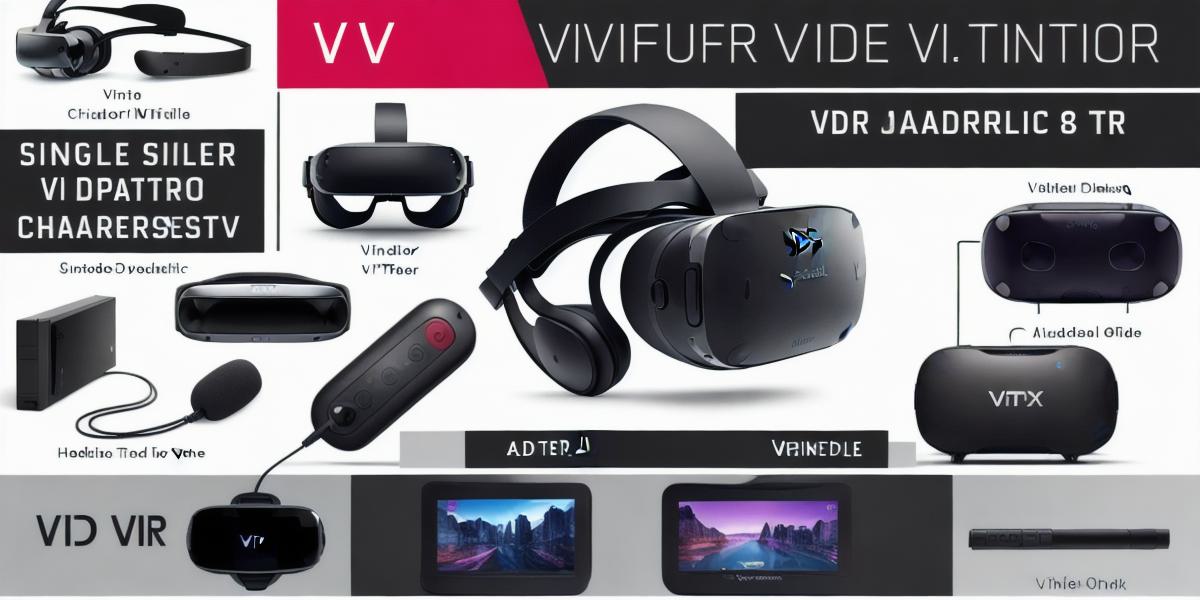In recent years, virtual reality (VR) and augmented reality (AR) have become increasingly popular technologies in the world of gaming and entertainment. Both technologies allow users to experience immersive, interactive environments that were previously impossible. However, there has been much debate about which one is better – VR or AR. In this article, we will explore the pros and cons of both technologies and determine which one is best for developers.
Virtual Reality: The Immersive Experience
VR technology provides users with a fully immersive experience that transports them into a virtual world. This can be an incredibly engaging and exciting experience for gamers, as they are able to explore new environments and interact with characters in ways that were previously impossible.
One of the biggest advantages of VR is its ability to create a truly immersive experience. By wearing a headset or other device, users are completely surrounded by the virtual world, allowing them to feel like they are really there. This can be particularly effective for gaming experiences, as it allows players to fully immerse themselves in the game and become more engaged with the content.
Another advantage of VR is its ability to track user movements in real-time. This means that users can move around in the virtual world in a way that feels natural and intuitive, allowing them to interact with objects and characters in a more meaningful way.
However, there are also some disadvantages to using VR technology. For example, it can be quite expensive to set up, particularly for small businesses or individual developers. Additionally, VR technology can be isolating, as users are often completely cut off from the real world while they are wearing the headset.
Augmented Reality: The Interactive Experience
AR technology, on the other hand, provides users with an interactive experience that overlays digital content onto the real world. This can be particularly effective for applications such as gaming or education, as it allows users to interact with digital objects and characters in a way that feels natural and intuitive.
One of the biggest advantages of AR is its ability to blend digital content seamlessly into the real world. This means that users can see and interact with digital objects in a way that feels natural, rather than being completely immersed in a virtual world.
Another advantage of AR is its ability to be used in a variety of settings. Unlike VR technology, which requires a dedicated space to work in, AR technology can be used in a variety of locations, including outdoors or in public spaces. This means that developers can create interactive experiences that are accessible to a wider audience.
However, there are also some disadvantages to using AR technology. For example, it can be more difficult to track user movements accurately than with VR technology, which can make certain interactions feel less natural and intuitive. Additionally, AR technology can be less engaging for users who are not already familiar with the technology.
Summary: Which is Better?
Ultimately, whether VR or AR is better depends on the specific needs and goals of the developer. If you are looking to create a fully immersive experience that transports users into a virtual world, then VR technology may be the best choice. However, if you are looking to create interactive experiences that blend digital content seamlessly into the real world, then AR technology may be more suitable.
In either case, both technologies have their own unique advantages and disadvantages. As with any new technology, it is important for developers to carefully consider their needs and goals before deciding which one to use.
